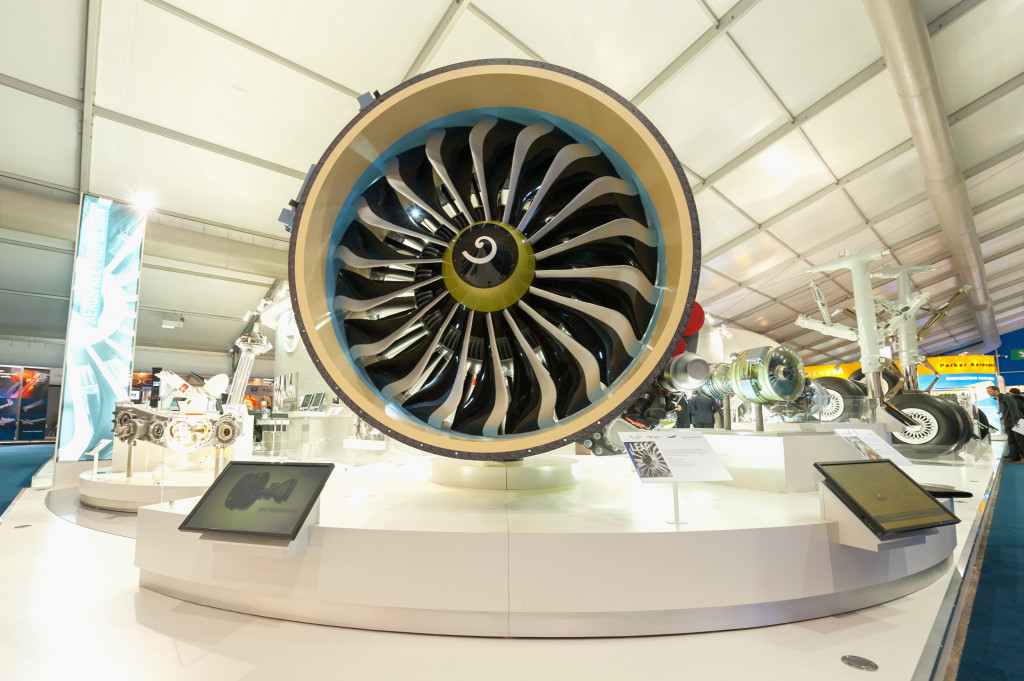The vast majority of components which are fitted to aircraft today are considered to be on condition, this means that the component may remain fitted to the aircraft until an imminent failure is detected.
However even components which are on condition are typically subject to configuration control – which means the component which is fitted must correspond to the aircraft data. Essentially it is only when the dash no (of the part No is incremented is there likely to be a configuration issue.
The important thing is to ensure the component status is clearly identified on the incoming documentation – Form 1
Certain Components which are fitted to the aircraft have a life which can be described in Flying Hours FH, Cycles CYC or Calendar Time CAL. The technical records for these “life limited components” form part of the Continuing Airworthiness Records and are of critical importance to the integrity of the technical records.
Note also that when these components are removed serviceable they are considered to be “part life” and we should ensure that we track and officially recorded this information.
In Addition Components are subject to various Airworthiness Directives AD’s Modifications and Service Bulletins. It may also be that the Part No of the component changes after modification. For example a component part No 1234-02 changes and becomes a 1234-03.
Alternatively the modification data plate may be altered to record that mod 1 (for example has been accomplished)
Retention Period For Component Technical Records
The term “back to birth” is not used in European regulations. The requirements that apply to a service life-limited component (see definition in AMC M.A.305) are basically stated in M.A.305 (e) and (h). All detailed maintenance records of a maintenance action (e.g. a restoration) must be kept until another maintenance action equivalent in scope (another restoration) is done, but never less than 36 months. Keep in mind that:
a service life limited component log card must be kept with all the relevant information, so the action should be recorded there, and
the records showing compliance with other requirements stated in M.A.305, e.g. an airworthiness directive, or any other information that could be affecting the configuration of the aircraft, must be retained too.
So clearly we can see that the EASA regulations do not support an effective component management process as “preferred” by many stake holders within the industry. The challenge becomes to accept that Hrs / Cycs & Lndgs are NOT going to be available for ALL components.
You can find many Maintenance Planning, Production Planning, Technical Records and Logistics’ courses available on https://sassofia.com/ and https://easaonline.com/. For more information please mail team@sassofia.com.
Next Steps
Follow this link to our Library to find & Download related documents for Free.




